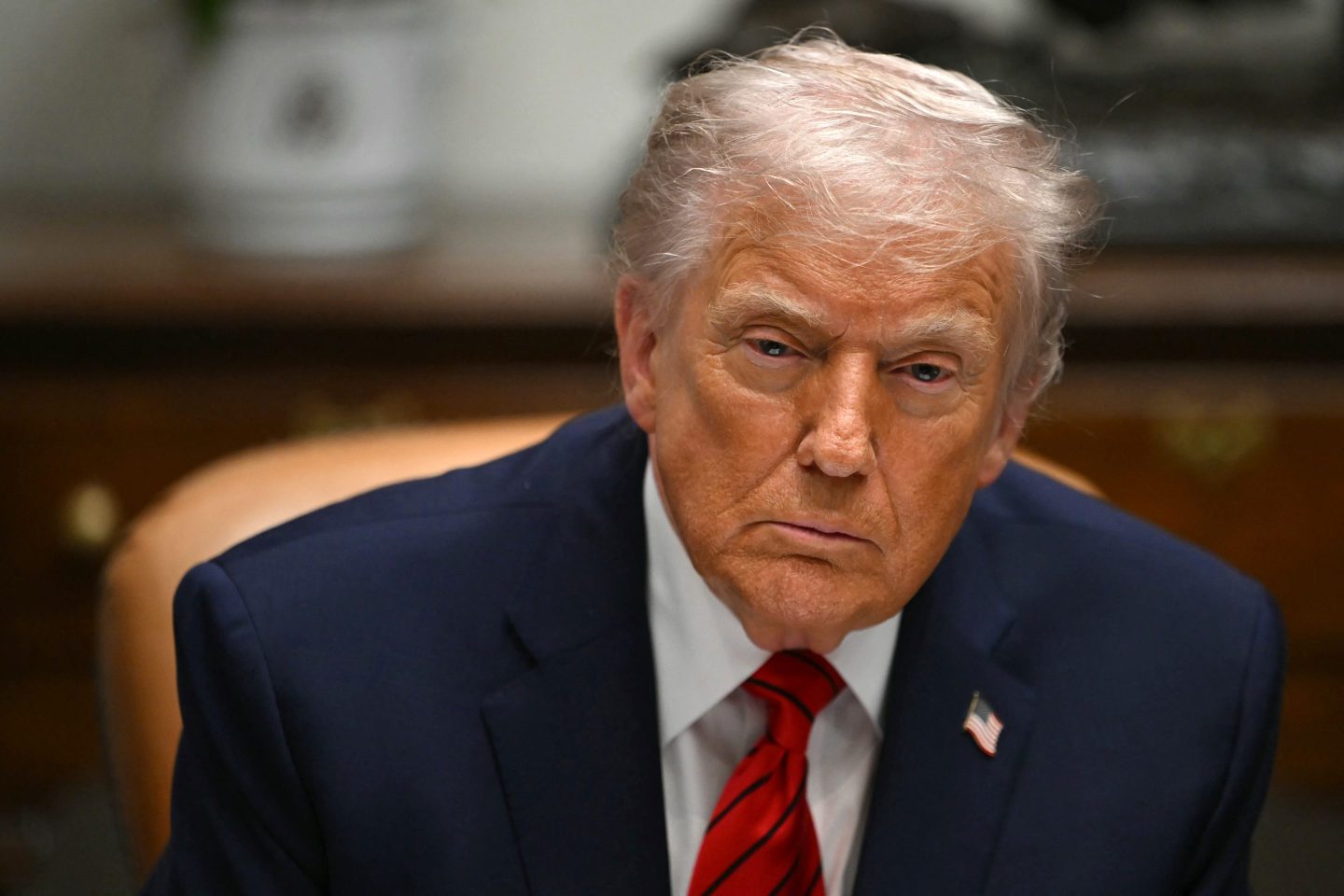President Trump’s recent proposal to pay Americans “at least $2,000 a person” from new tariff revenue—a policy he calls “tariff dividends”—is facing sharp criticism from a budget watchdog, who calculates that the plan will actually lose twice as much money for the country as the tariffs are generating.
Writing in a weekend post on Truth Social, Trump argued that tariff revenues could be redistributed directly to individuals in the form of annual payments, with “high income people” excluded from the payouts. The idea, pitched as a way both to reward taxpayers and possibly reduce the national debt, bears a strong resemblance to the structure of the COVID-era Economic Impact Payments, according to an analysis by the nonpartisan Committee for a Responsible Federal Budget (CRFB).
But the numbers reveal a steep fiscal challenge. The CRFB estimates that distributing just a single round of $2,000 payments to Americans—calculated to match the COVID payments, which included both adults and children—would cost the federal government around $600 billion per year. By contrast, the tariffs that Trump has championed have raised about $100 billion to date and, even accounting for pending legal cases, are only projected to raise about $300 billion annually going forward.
Deficits could skyrocket
“If tariff dividends are paid annually, deficits would increase by $6 trillion over ten years,” the CRFB writes, “roughly twice as much as President Trump’s tariffs are estimated to raise over the same time period.” This means not only that the revenue from tariffs would fail to cover dividend payouts, but also that the policy would exacerbate America’s long-term fiscal challenges.
To put the numbers in perspective, if dividends were paid out on a “revenue neutral” basis—matching payouts to actual tariff revenue—the analysis estimates that payments could be made only every other year, starting in early 2027. Should the Supreme Court uphold current lower court rulings that have deemed some of Trump’s tariffs illegal, remaining tariffs would only cover the dividend payments once every seven years.

Debt implications
Beyond blowing past the revenue generated, diverting all tariff proceeds to pay these dividends would restrict the government’s ability to use tariff income for reducing deficits or paying down debt, as some administration officials have proposed. The CRFB warns that using all tariff revenue for rebates would push federal debt to 127% of Gross Domestic Product (GDP) by 2035, compared to 120% under current law. If $2,000 dividends were paid annually, that figure could jump further, reaching 134% of GDP over the same period.
Such projections come at a time when annual budget deficits are nearing $2 trillion and national debt is quickly approaching an all-time high, making fiscal discipline a top concern for watchdogs and policy analysts.
Trump’s proposal draws inspiration from pandemic-era Economic Impact Payments (EIPs), but those measures were carefully income-tested to phase out payments for individuals earning over $75,000 and joint filers over $150,000. The CRFB said its analysis used similar eligibility parameters for its cost estimate, suggesting that without strict limits, the fiscal hit could be even higher.
For this story, Fortune used generative AI to help with an initial draft. An editor verified the accuracy of the information before publishing.












